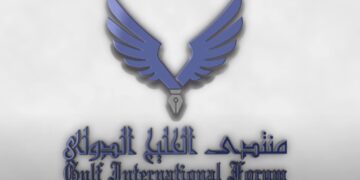While this new frontier can be exciting, there are also design challenges. In addition to flexible and easy-to-use human-machine interfaces that IoT fabrics need be persistent, accurate and self-sufficient and must be able to do so withstand vibrations, collisions and everyday wear and tear.
Ensuring accuracy is another challenge in IoT fabrics. The wear and tear may affect data accuracy collects Installing more sensors will help secure the data accuracy and extending product life, it also means more design cost and complexity.
As with other smart wearables and devices, IoT faces fabrics the same problem with ensuring a stable power supply and to use energy as efficiently as possible while conserving high performance. Lack of standards and regulations is another obstacle for the market
the growth of smart textiles. Manufacturers are in trouble expanding and introducing new technologies to the market. Some of
processes in smart textile manufacturing such as bleaching, dyeing, neutralization, degreasing, mercerization, printing and finishing, pose serious ecological threats and cause pollution.
There is no doubt that IoT is changing the face of fashion industry in more imaginable ways. When designing IoT fabrics
and scaling their production can be incredibly challenging, no one can claim to offer many opportunities businesses tap. After all, this effort will allow fabrics and clothing brings the power of the Internet of Things into everyday life.




